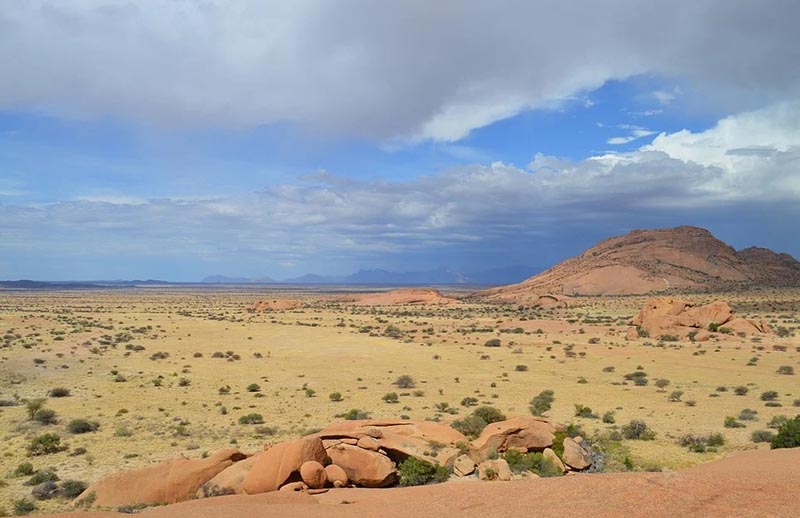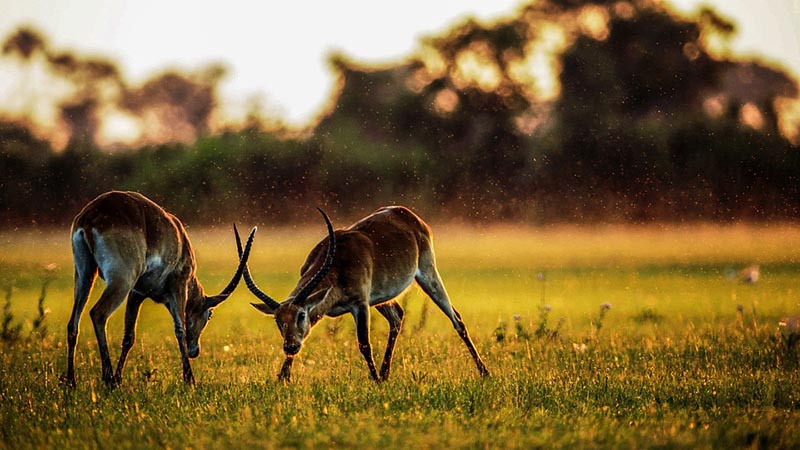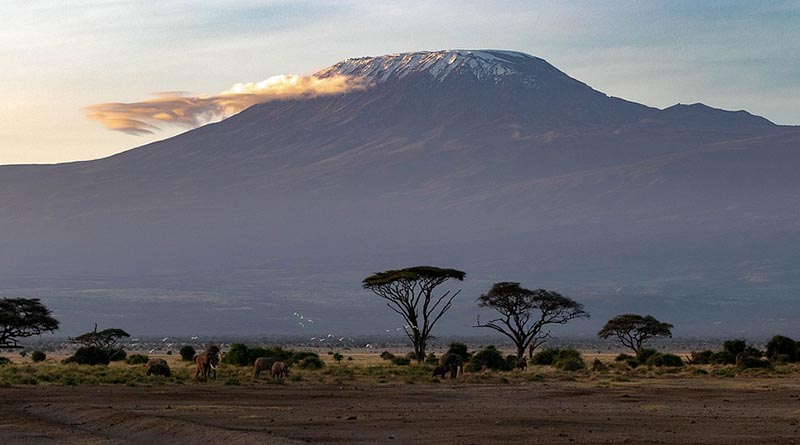The savanna is a really unique biome. It is home to rare animals and endemic plants that are not found anywhere else in the world.
- All the savanna biomes on Earth are located in the sub-equatorial geographical zone only.
- The animals of the savanna are very diverse, depending on the specific habitat. The most famous are those that live in Africa.
- Savanna biomes are found on all the continents of the earth, with the exception of Antarctica, which is covered with ice.
- Most of the entire herbaceous vegetation in these climatic regions is cereals.
- The savanna differs from steppes, first of all, by the presence of trees and bushes.

- There’s no summer, fall, winter, or spring here. But there are still four seasons, two long and two short dry and rainy seasons.
- They occupy the largest area in Africa and the smallest in North America. Most people don’t even know about the savanna biomes outside of Africa at all.
- In Brazil and Australia, the trees in the savanna grow so densely in places that they form real forests, even small ones.
- Algae, mosses, and lichens in the savanna biome are found only on rocks and trees. Such climatic conditions don’t suit them very well, so they are rare here.
- Powerful wildfires rage here from time to time. They are most often caused by either droughts or lightning strikes.
- Some representatives of the local flora have adapted to such conditions. Baobabs, for example, accumulate so much moisture in their porous wood that it helps them not only survive a long drought but also not burn in wildfires.
- Wildlife in many parts of the savanna has disappeared completely, as these vast areas are too actively used for cattle farming.
- The famous African safari parks are located in the savanna, precisely. They occupy huge territories.
- The largest of the animals in the savanna biome is the African elephant. This is generally the largest land animal on our planet.
- Droughts here sometimes last for 2-3 months long. Some species of animals that live here go into hibernation during the drought, just as animals in cold zones go into hibernation during the winter.

- Many savanna animals make very long marches at night when the heat subsides. They usually migrate in search of sources of water, which they constantly lack.
- The most dangerous inhabitant of these parts is a rhino. These giants are easily infuriated, and they are able to crush any opponent who risks fighting them.
- Small animals of the savanna biome are poorly adapted to migration, so during the dry season, they hibernate.
- The most dangerous place here is the watering hole. Predators here lie in wait for herbivores who want to drink.
- In the Australian savanna, the grass grows after the rains only, but with the onset of the dry season, it dries up again, exposing the ground.
